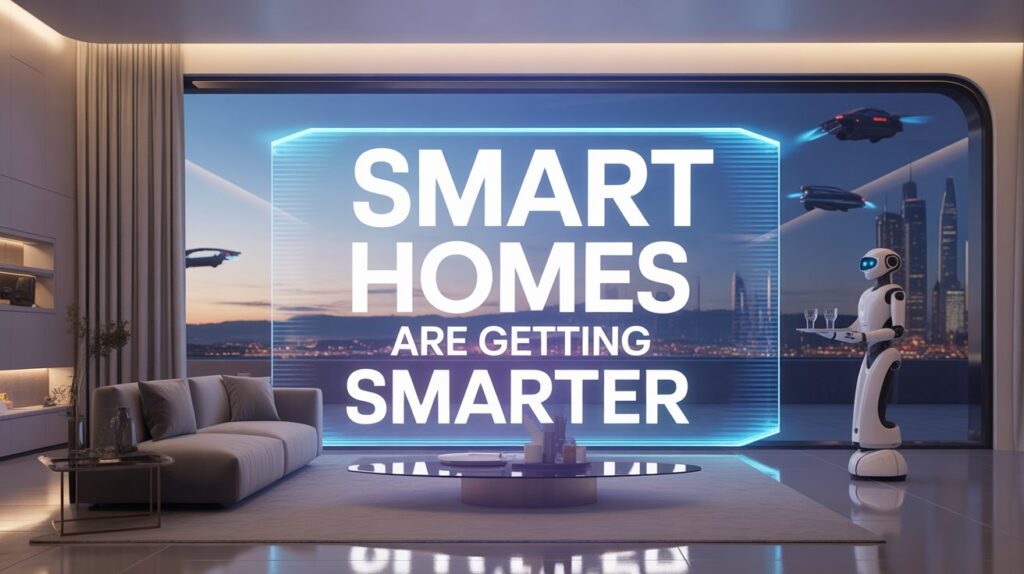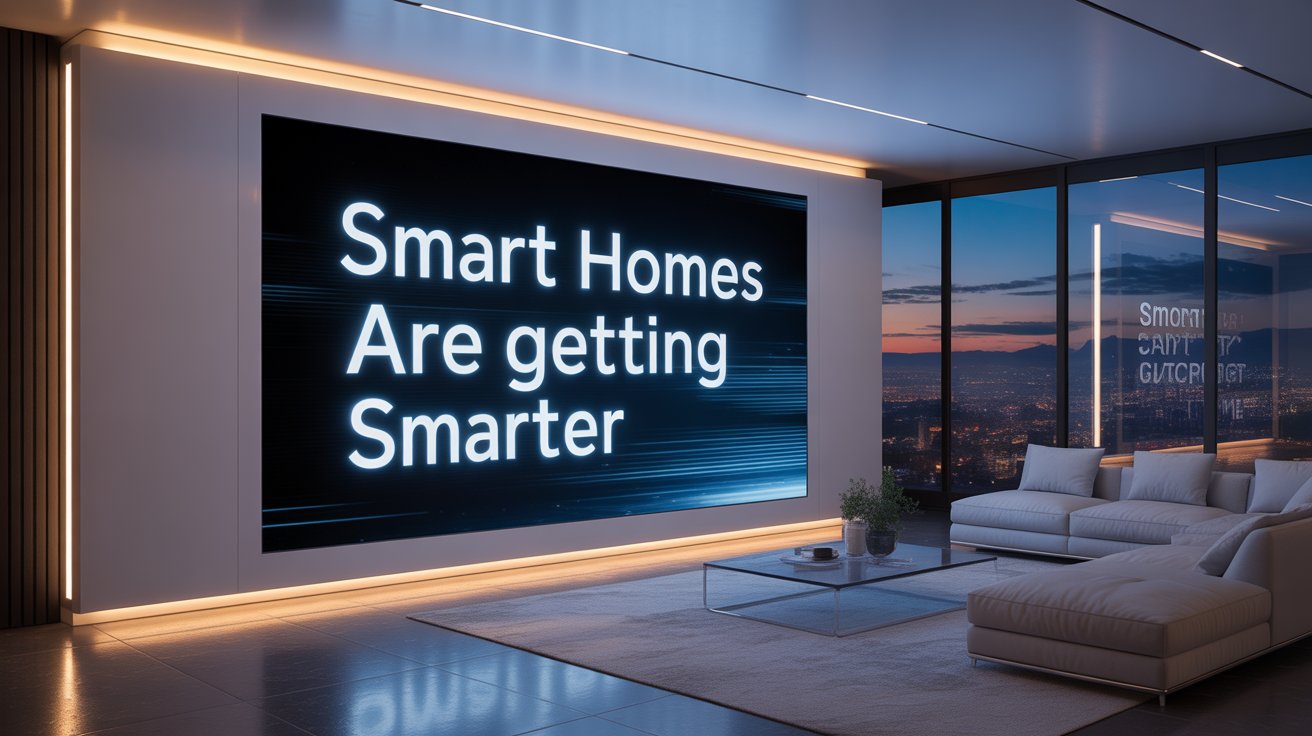Technology is transforming the places we live just as much as how we work. In 2025, smart home technology is no longer a luxury—it’s becoming the standard. From voice-activated lighting and security systems to AI-powered refrigerators and thermostats, smart homes are getting smarter, more personalized, and more energy-efficient.
What Makes a Home “Smart”?
A smart home uses internet-connected devices to automate and remotely control everyday tasks. These devices are typically connected through a central hub or app and can be managed using voice commands or smartphones.
Examples include:
-
Smart thermostats (e.g., Nest, Ecobee) that learn your preferences and adjust temperature automatically
-
Voice assistants (e.g., Amazon Alexa, Google Assistant) that control lights, appliances, and even play music
-
Smart locks and cameras that let you monitor and secure your home from anywhere
-
Energy monitors that help reduce power usage and electricity bills
Benefits of Smart Homes
Smart home technology offers several advantages:

1. Convenience
You can control your entire home with a single app or voice command. Set routines like “Good Night” that turn off lights, lock doors, and adjust the thermostat in one go.
2. Energy Efficiency
Devices like smart bulbs and thermostats save energy by learning your habits and adjusting accordingly. Motion sensors can turn off lights when rooms are empty, and smart plugs can shut down appliances when not in use.
3. Security and Peace of Mind
Smart security systems let you see who’s at your door, even when you’re on vacation. You can receive alerts about unusual activity, grant access to visitors remotely, and even call emergency services if needed.
4. Accessibility
Smart homes are especially helpful for elderly and disabled individuals. Voice controls, automated routines, and real-time monitoring offer greater independence and safety.
The Role of AI and Machine Learning
Modern smart home devices use artificial intelligence to learn from your behavior. For example, a smart thermostat may recognize that you lower the temperature at night and start doing it automatically. AI-powered security cameras can distinguish between a person, an animal, or a vehicle—reducing false alarms.
Some devices even use predictive automation, adjusting settings based on weather forecasts, your daily routine, or occupancy patterns.
Challenges and Concerns
Despite their benefits, smart homes come with certain challenges:
-
Privacy concerns: These devices collect a lot of data. It’s essential to use secure networks and buy from reputable brands.
-
Compatibility issues: Not all smart devices work together, especially across different ecosystems (Apple, Google, Amazon).
-
Cost: Setting up a smart home can be expensive, though prices are gradually coming down.
Future Outlook
Smart homes are expected to become even more intelligent. Upcoming trends include:
-
AI companions that understand mood and provide emotional support
-
Home robots that clean, cook, or assist in elderly care
-
Voice biometrics for personalized access control and interaction
-
Green tech integration for solar energy and smart water management
Final Thoughts
Smart home technology is changing not just how we live, but how we feel at home—safer, more comfortable, and more in control. As devices become more intelligent and affordable, smart homes will soon be the rule, not the exception.



